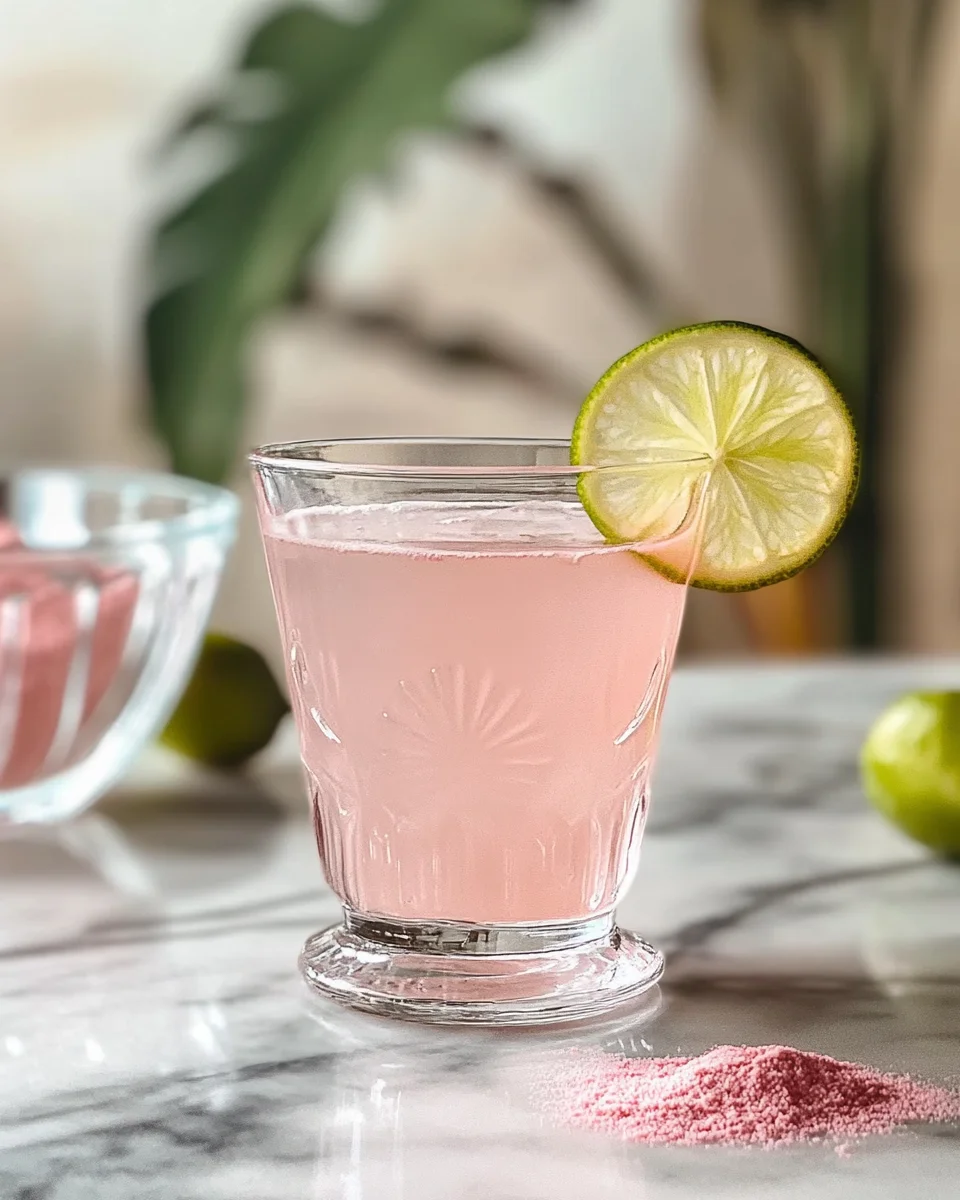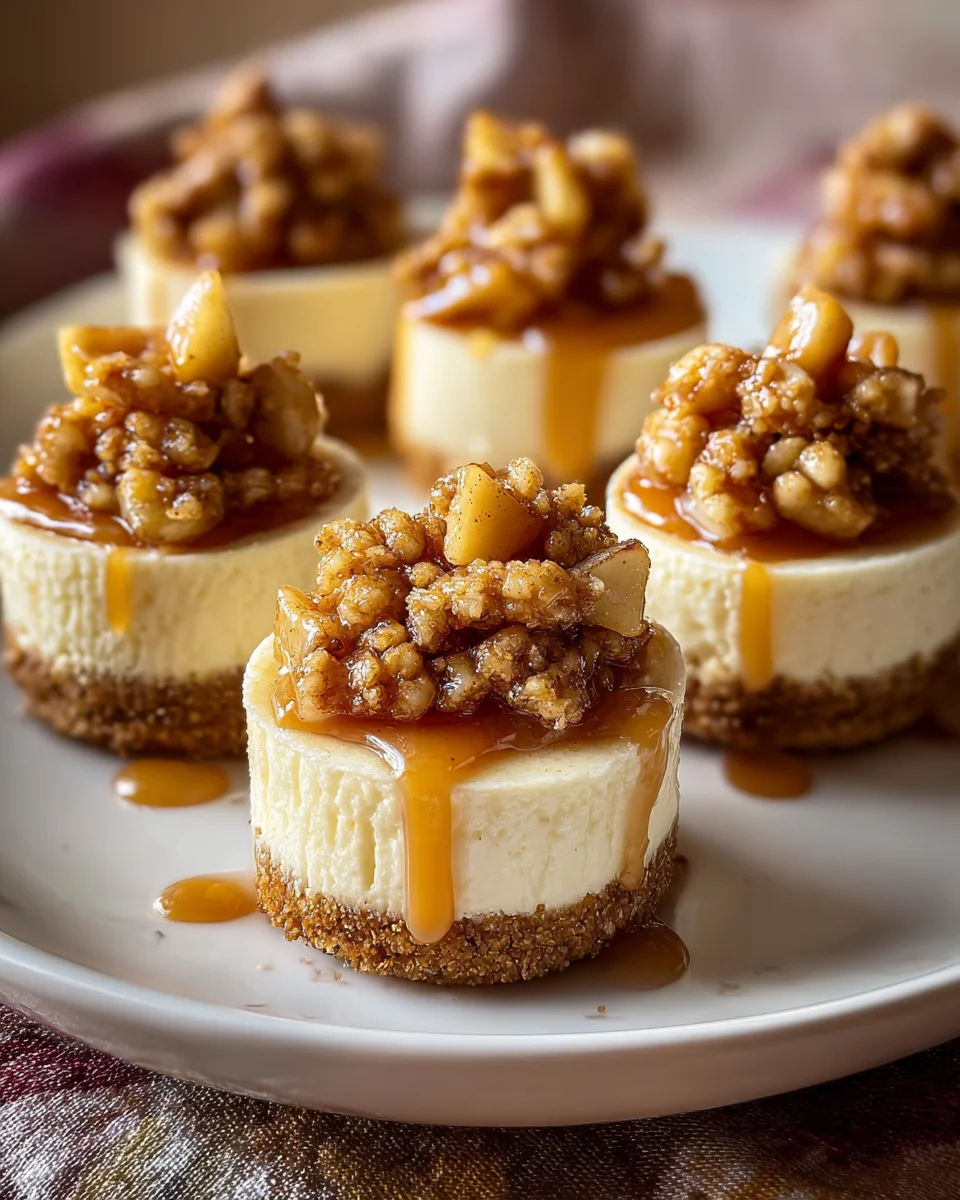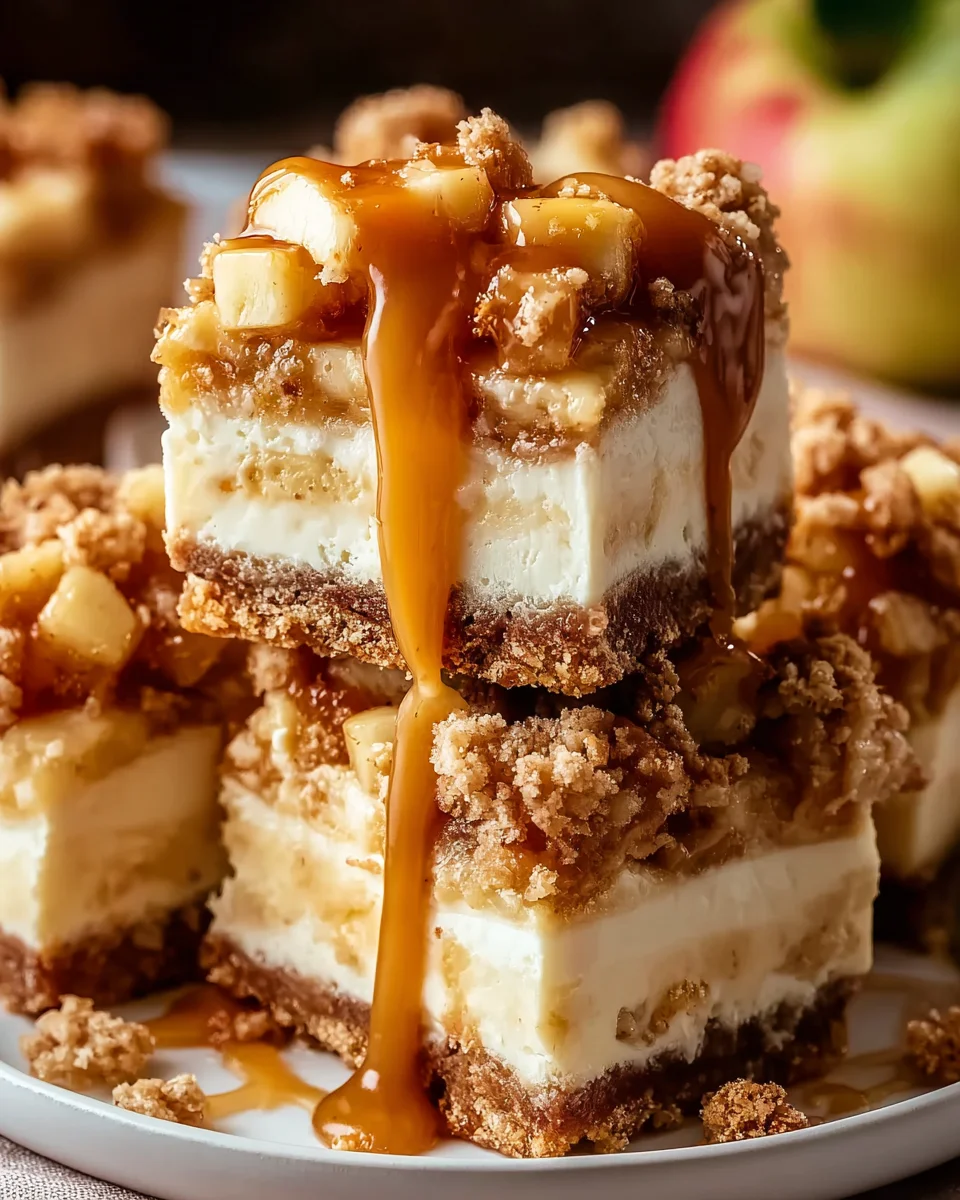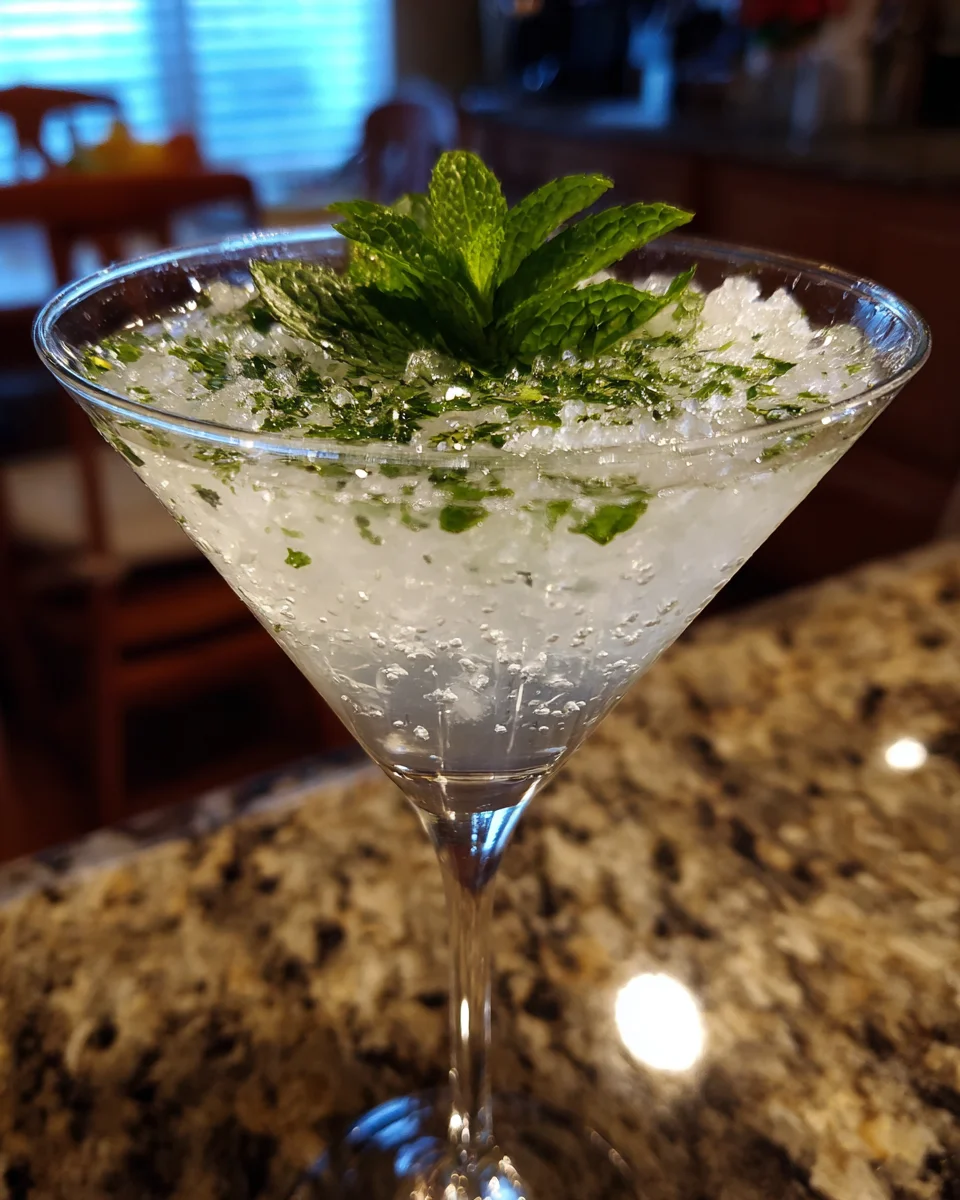Fasting has become a popular practice for health, wellness, and even spiritual reasons. But many people wonder: does pink salt break a fast? This is an important question for anyone practicing intermittent fasting, prolonged fasting, or religious fasts like Navratri. In this article, we’ll dive deep into what pink salt is, how it interacts with your body during fasting, and whether it can impact your fasted state.
We’ll explore the differences between salt types, including sea salt, table salt, and Himalayan pink salt. Plus, we’ll break down a simple recipe using Himalayan pink salt and lemon — an increasingly popular drink for fasters looking to stay hydrated and maintain electrolyte balance.
Throughout the article, you’ll learn the benefits and risks of consuming pink salt while fasting, cultural considerations like whether it’s allowed during Navratri fasting, and practical tips on the right way to incorporate it without breaking your fast. Looking for inspiration? Try this related guide on the Viral Pink Salt Recipe for ideas.
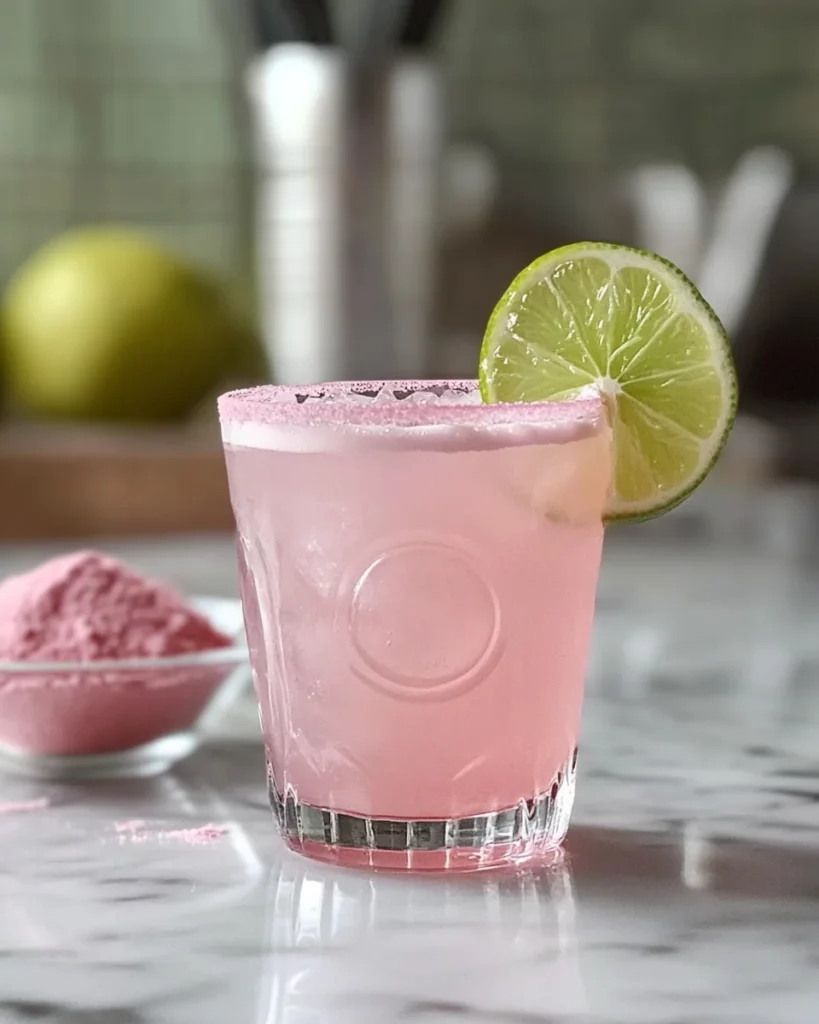
Table of Contents
Understanding Fasting and Mineral Intake
What does fasting mean?
Does pink salt break a fast? To answer this properly, we first need to understand what fasting really means. Fasting generally refers to voluntarily abstaining from food, and sometimes drink, for a defined period. Some fast for religious reasons; others for health benefits like weight loss, improved insulin sensitivity, and cellular repair.
When fasting, the body shifts from using glucose as fuel to breaking down stored fat — a metabolic process that delivers many of fasting’s sought-after benefits. This process is delicate, and fasters often wonder: does pink salt break a fast if consumed during this period?
There are different fasting protocols — from intermittent fasting methods like 16:8 to extended fasts lasting multiple days. Regardless of the method, questions around what exactly “breaks” a fast come up frequently, especially when it comes to minerals and additives like salt.
Why minerals matter during fasting
Does pink salt break a fast when used for mineral support? Fasting not only reduces caloric intake but also affects electrolyte balance. Your kidneys excrete sodium more rapidly when insulin levels drop, increasing the risk of electrolyte imbalances during a fast. This is where pink salt becomes relevant: it offers a natural source of sodium and trace minerals.
When you fast, common symptoms like headaches, dizziness, muscle cramps, and fatigue can occur — often because of sodium depletion. That’s why some people turn to Himalayan pink salt as part of their fasting routine. But does pink salt break a fast if added to water? Fortunately, it contains virtually no calories, so for most fasting goals, it does not disrupt the fasting state.
What is Himalayan Pink Salt?
Origin and composition of pink salt
Himalayan pink salt is a naturally occurring mineral salt mined primarily from the Khewra Salt Mine in Pakistan, near the foothills of the Himalayas. What makes it stand out is its distinctive pink hue, which comes from trace minerals like iron, magnesium, calcium, and potassium.
Unlike highly refined table salt, pink salt is less processed and retains many of these minerals, making it popular among those seeking a more “natural” option. Its coarse texture and mild flavor have made it a favorite in kitchens and health routines around the world.
When fasting, people often consider pink salt because of this rich mineral content. The trace elements can help maintain electrolyte balance, an important factor when your diet is restricted during a fast.
Mineral profile of Himalayan salt and fasting relevance
Himalayan pink salt contains over 80 trace minerals, but sodium chloride remains its primary component — roughly 98%. These trace minerals, while present in small amounts, contribute to hydration and electrolyte balance, especially important during fasting when you lose water and electrolytes more rapidly.
Here’s a table summarizing key minerals in pink salt and their roles:
| Mineral | Function During Fasting |
|---|---|
| Sodium | Maintains fluid balance, supports nerve function |
| Potassium | Regulates heartbeat, muscle function |
| Magnesium | Reduces muscle cramps, supports energy production |
| Calcium | Important for muscle contraction and nerve signaling |
| Iron | Supports oxygen transport |
Does Pink Salt Break a Fast?
Impact of pink salt on insulin response
One of the key concerns for fasters is whether consuming Himalayan pink salt will trigger an insulin response, thereby “breaking” the fast. Here’s the good news: pink salt is virtually calorie-free and does not contain macronutrients like carbohydrates, proteins, or fats.
Since fasting is often defined by the absence of caloric intake that would stimulate insulin, consuming pink salt in moderation does not break a fast from a metabolic perspective. It doesn’t affect your blood sugar levels or spike insulin, allowing you to stay in a fasted state while supporting electrolyte balance.
This makes pink salt an appealing option for those practicing intermittent fasting or even longer fasts when managing hydration and mineral loss is critical.
How electrolytes affect fasting benefits
Even though pink salt itself won’t break a fast, electrolytes play a key role in determining how you feel while fasting. Sodium, in particular, helps maintain blood pressure and prevents dehydration-related symptoms like dizziness or headaches.
However, moderation is essential. While a pinch of pink salt in water can help maintain electrolyte balance, excessive amounts may lead to sodium overload, potentially increasing water retention or impacting blood pressure.
Benefits of Pink Salt During Fasting
Electrolyte balance support
When fasting, your body excretes sodium and water more rapidly, especially in the early stages. This natural diuretic effect can lead to electrolyte imbalances if not addressed properly. Does pink salt break a fast? As we’ve discussed, it doesn’t — but it can help you maintain essential electrolytes without adding calories.
Himalayan pink salt contains a blend of sodium and trace minerals, offering a way to replenish what’s lost during fasting. Proper electrolyte intake can minimize uncomfortable side effects like dizziness, headaches, muscle cramps, and fatigue, allowing you to fast more comfortably and effectively.
Many fasters swear by starting their day with a pinch of pink salt dissolved in water, ensuring they stay hydrated and feel good throughout their fast window.
Cramp and dehydration prevention
Muscle cramps are a common complaint during fasting, often linked to sodium and magnesium loss. Himalayan pink salt provides small amounts of magnesium along with sodium, both of which play a role in preventing cramping and supporting muscle function.
Dehydration is another fasting pitfall, and while water alone is helpful, adding pink salt ensures your body retains the fluids it needs and maintains a healthy electrolyte balance.
Here’s a quick reference table for the benefits of pink salt during fasting:
| Benefit | How Pink Salt Helps |
|---|---|
| Replenishes electrolytes | Provides sodium, magnesium, potassium |
| Reduces cramps | Supports muscle function |
| Prevents dehydration | Promotes fluid retention where needed |
| Supports energy | Helps maintain nerve signaling and hydration |
Risks of Salt Consumption While Fasting
Overconsumption concerns
Even though pink salt offers clear benefits during fasting, too much can be counterproductive. Does pink salt break a fast? No, but excessive consumption may lead to issues like water retention, bloating, and increased thirst — which can make fasting more difficult.
When sodium levels get too high without sufficient water intake, you may experience dehydration symptoms despite drinking fluids. This paradox occurs because the body holds onto water in tissues while still needing proper hydration at a cellular level.
It’s best to consume Himalayan pink salt in moderation — just enough to maintain electrolyte balance without overwhelming your system. A simple guide is using a pinch (about 1/4 teaspoon) in water a few times throughout the day, only when needed based on your fasting duration and personal hydration needs.
Sodium sensitivity and side effects
Some individuals are more sensitive to sodium than others. If you have high blood pressure, kidney conditions, or are advised by a doctor to limit sodium intake, even small amounts of pink salt during fasting could cause problems.
It’s important to monitor your body’s response and adjust accordingly. For many healthy adults, moderate use of pink salt can be beneficial during fasting, but people with underlying health concerns should consult a healthcare provider first.
Here’s a helpful summary of potential side effects:
| Risk | Description |
|---|---|
| Water retention | Can cause bloating and discomfort |
| Elevated blood pressure | A concern for sodium-sensitive individuals |
| Increased thirst | May interfere with fasting goals |
| Electrolyte imbalance | Excess without balance from other minerals can create issues |
The Role of Lemon and Pink Salt Water Recipe
Simple recipe for fasting support drink
Does pink salt break a fast? When paired with lemon in a simple hydration drink, pink salt can actually support a fast rather than hinder it — provided it’s used correctly. Many fasters enjoy sipping lemon and pink salt water first thing in the morning to replenish electrolytes, aid digestion, and promote hydration.
Here’s a simple recipe you can easily prepare at home:
| Ingredients | Quantity |
|---|---|
| Fine Himalayan pink salt | ¼ tsp (1.5 g) |
| Water (room temperature) | 8 oz (240 ml) |
| Lemon juice | ½ tsp (~1 kcal) |
Instructions:
- Add ¼ teaspoon fine Himalayan pink salt to a glass.
- Pour in 8 oz of room-temperature water.
- Swirl until the salt dissolves completely.
- Add ½ teaspoon lemon juice.
- Sip slowly first thing in the morning.
This drink supplies essential minerals without significant calories, so it won’t interfere with the metabolic state of fasting for most people. Lemon adds trace vitamin C and a refreshing taste while contributing only about 1 kcal — negligible for those practicing intermittent fasting.
Benefits of adding lemon juice
Lemon juice enhances the benefits of pink salt water by offering mild digestive support, a touch of flavor, and a boost of antioxidants. The small amount of calories in lemon juice is unlikely to impact the metabolic benefits of fasting but can help make your hydration routine more enjoyable.
Key benefits of adding lemon juice include:
- Fresh taste and mild alkalizing effect
- Vitamin C for immune support
- May promote gentle detoxification
While traditional fasting purists might prefer plain water or salt water, many find that this combination helps them stay compliant with their fasting routine without breaking the fast’s benefits.
Comparing Salt Types for Fasting
Sea salt vs. pink salt
Does pink salt break a fast? Not only does it not break a fast, but many fasters choose pink salt over other salts for its unique mineral profile. Still, it’s worth comparing Himalayan pink salt with sea salt to understand their differences and benefits during fasting.
Here’s a quick comparison table:
| Type of Salt | Mineral Content | Processing | Fasting Suitability |
|---|---|---|---|
| Himalayan Pink Salt | Rich in trace minerals (iron, magnesium, calcium) | Minimally processed | Excellent for electrolyte balance |
| Sea Salt | Contains trace minerals but varies by source | Lightly processed | Suitable but mineral content inconsistent |
| Table Salt | Refined, may contain additives | Heavily processed | Less ideal due to anti-caking agents |
Sea salt, like pink salt, is less processed than standard table salt and contains trace minerals. However, its mineral content varies depending on the body of water from which it’s harvested. Himalayan pink salt, on the other hand, is consistent in its mineral makeup and prized for its balance of sodium with other electrolytes.
Best salts recommended for fasting
For fasters who want to maintain electrolyte balance without consuming calories, pink salt tends to be the top choice thanks to its rich mineral content and natural state. Sea salt is also a good option but may lack consistency depending on the source.
Table salt should generally be avoided during fasting because it often contains iodine and anti-caking agents that some people prefer to limit for health reasons.
In summary:
- Best choice: Himalayan pink salt for its purity and trace minerals.
- Good alternative: High-quality, unrefined sea salt.
- Avoid: Heavily processed table salt with additives.
Religious and Cultural Fasting Practices
Is pink salt allowed during Navratri?
Does pink salt break a fast during Navratri? Navratri fasting follows unique dietary guidelines rooted in tradition and spirituality, where certain foods are strictly avoided while others are permitted. Commonly accepted fasting salts during Navratri include sendha namak, also known as rock salt — which is often confused with Himalayan pink salt.
Himalayan pink salt, while technically a type of rock salt, may or may not be accepted depending on specific regional customs or personal belief systems. Traditionally, sendha namak is preferred because it’s considered pure and unprocessed according to religious guidelines.
In most cases, pink salt can be used during Navratri if it’s free from additives and processed naturally, but it’s always wise to check personal or family traditions before including it.
Other traditions and salt intake
Salt plays different roles across religious fasting traditions worldwide. For example:
- Ramadan: Salt is permitted during eating hours but must be avoided from dawn to sunset.
- Christian Lent: No specific salt restrictions, but simplicity and moderation are emphasized.
- Buddhist fasting: Practices vary, with no universal restriction on salt but generally mindful, minimalist eating.
Tips for Proper Salt Use in Fasting Protocols
How much pink salt to use
Does pink salt break a fast? No, but using it correctly is essential for optimal fasting support. The recommended amount depends on your fasting duration, climate, activity level, and individual electrolyte needs.
For most people practicing intermittent fasting or prolonged fasting, around ¼ teaspoon of Himalayan pink salt dissolved in water once or twice daily is sufficient to maintain electrolyte balance. Overuse may lead to excessive sodium intake, so it’s important to listen to your body’s signals for thirst, cramping, or fatigue.
Here’s a quick guide:
| Fasting Type | Suggested Pink Salt Intake |
|---|---|
| Intermittent fasting (16:8) | ¼ tsp once daily if needed |
| 24-hour fast | ¼ tsp up to twice daily |
| Multi-day fast | ¼ tsp 2-3 times daily depending on hydration needs |
When and how to consume pink salt water
Timing matters. For best results:
- Morning: Sip a glass of pink salt water upon waking to help rebalance electrolytes lost overnight and reduce dehydration.
- During fasting window: If experiencing headaches, cramps, or dizziness, a small pinch dissolved in water can offer fast relief.
- Before exercise: If working out during a fast, pink salt water can help maintain performance and hydration.
FAQs Does Pink Salt Break a Fast?
What type of salt is best for fasting?
The best salt for fasting is typically Himalayan pink salt or unrefined sea salt. These salts provide essential minerals such as sodium, magnesium, and potassium without additives like anti-caking agents found in processed table salt. Pink salt is often preferred because of its mineral richness and minimal processing. It helps maintain electrolyte balance without adding calories, supporting hydration during fasting.
Can you consume salt when fasting?
Yes, you can consume salt during fasting — and in fact, a small amount can be beneficial. Since fasting leads to the loss of sodium and other electrolytes through urine, consuming a pinch of salt dissolved in water can prevent symptoms like headaches, dizziness, and muscle cramps. The key is moderation: use just enough to replenish what your body loses, and avoid excessive intake that could cause water retention or raise blood pressure.
Is pink salt allowed in Navratri fast?
Pink salt may be allowed in Navratri fasts, but this depends on tradition and interpretation. Sendha namak (rock salt) is traditionally permitted during Navratri because it is considered pure and unprocessed. Himalayan pink salt is a type of rock salt and can often be used as a substitute if it’s additive-free. Always check your family’s customs or personal preferences before using pink salt during religious fasts.
Conclusion Does Pink Salt Break a Fast?
Does pink salt break a fast? As we’ve explored throughout this article, Himalayan pink salt does not break a fast when consumed properly. It contains no calories, won’t spike insulin, and can help maintain electrolyte balance during periods of fasting — whether for health or spiritual reasons like Navratri.
In moderation, pink salt supports hydration, reduces muscle cramps, and helps fasters avoid unpleasant side effects like dizziness and fatigue. When combined with lemon juice, it creates a refreshing and functional drink that many fasters enjoy, especially first thing in the morning.
If you’re fasting for metabolic health, weight loss, or tradition, remember:
- Use around ¼ teaspoon of pink salt dissolved in water as needed.
- Prefer pink salt or sendha namak over processed table salt.
- Consult personal traditions if fasting for religious reasons such as Navratri.
Looking for inspiration? Try the Natural Mounjaro Recipe to support wellness alongside your fasting routine.
For more creative baking inspiration and marketing ideas, explore the Pinterest
Print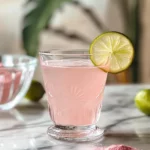
Does Pink Salt Break a Fast
- Prep Time: 1 minute
- Cook Time: 0 minutes
- Total Time: 1 minute
- Yield: 1 serving 1x
- Category: Drink, Wellness
- Method: Stirring
- Cuisine: Health, Wellness
- Diet: Vegan
Description
Fasting has become a popular practice for health, wellness, and even spiritual reasons. But many people wonder: does pink salt break a fast? This is an important question for anyone practicing intermittent fasting, prolonged fasting, or religious fasts like Navratri. In this article, we’ll dive deep into what pink salt is, how it interacts with your body during fasting, and whether it can impact your fasted state.
Ingredients
¼ tsp fine Himalayan pink salt 1.5 g
8 oz room-temperature water 240 ml
1/2 tsp lemon juice adds ≈ 1 kcal
Instructions
Add salt to a glass.
8 oz room-temperature water
Pour in water; swirl until fully dissolved.
¼ tsp fine Himalayan pink salt,8 oz room-temperature water
Sip slowly first thing in the morning.
1/2 tsp lemon juice
Notes
Use quality Himalayan pink salt: Fine-grain food-grade pink salt works best for quick dissolving.
Best timing: Drink on an empty stomach for hydration support in the morning.
Lemon optional: Add for flavor and vitamin C, but optional if you prefer plain.
Sodium-sensitive? Consult a healthcare provider before adding this regularly, especially if on a low-sodium diet.
Nutrition
- Serving Size: 1 cup
- Calories: 1 kcal
- Sugar: 0g
- Sodium: 580 mg
- Fat: 0g
- Saturated Fat: 0g
- Unsaturated Fat: 0g
- Trans Fat: 0g
- Carbohydrates: 0g
- Fiber: 0g
- Protein: 0g
- Cholesterol: 0mg
